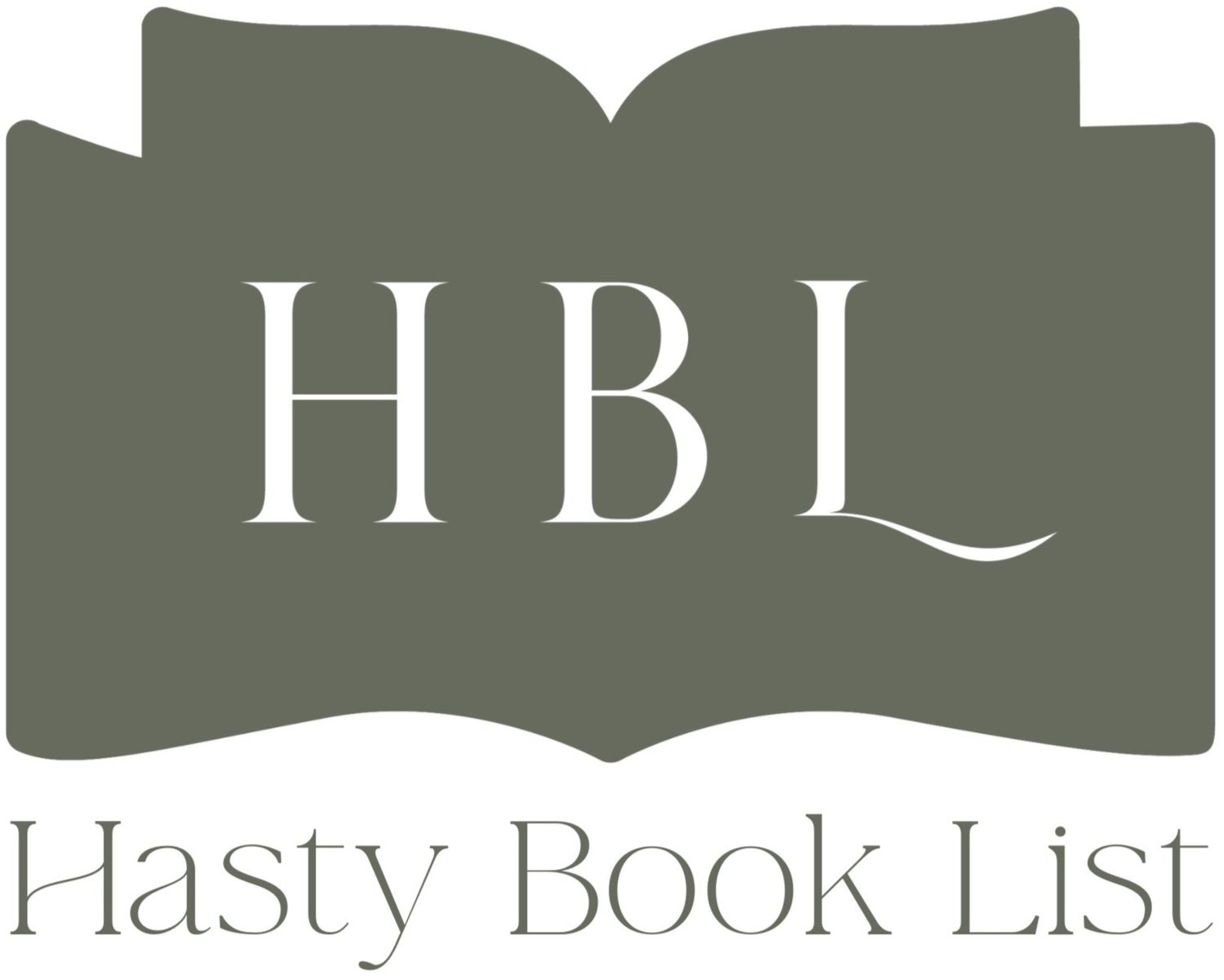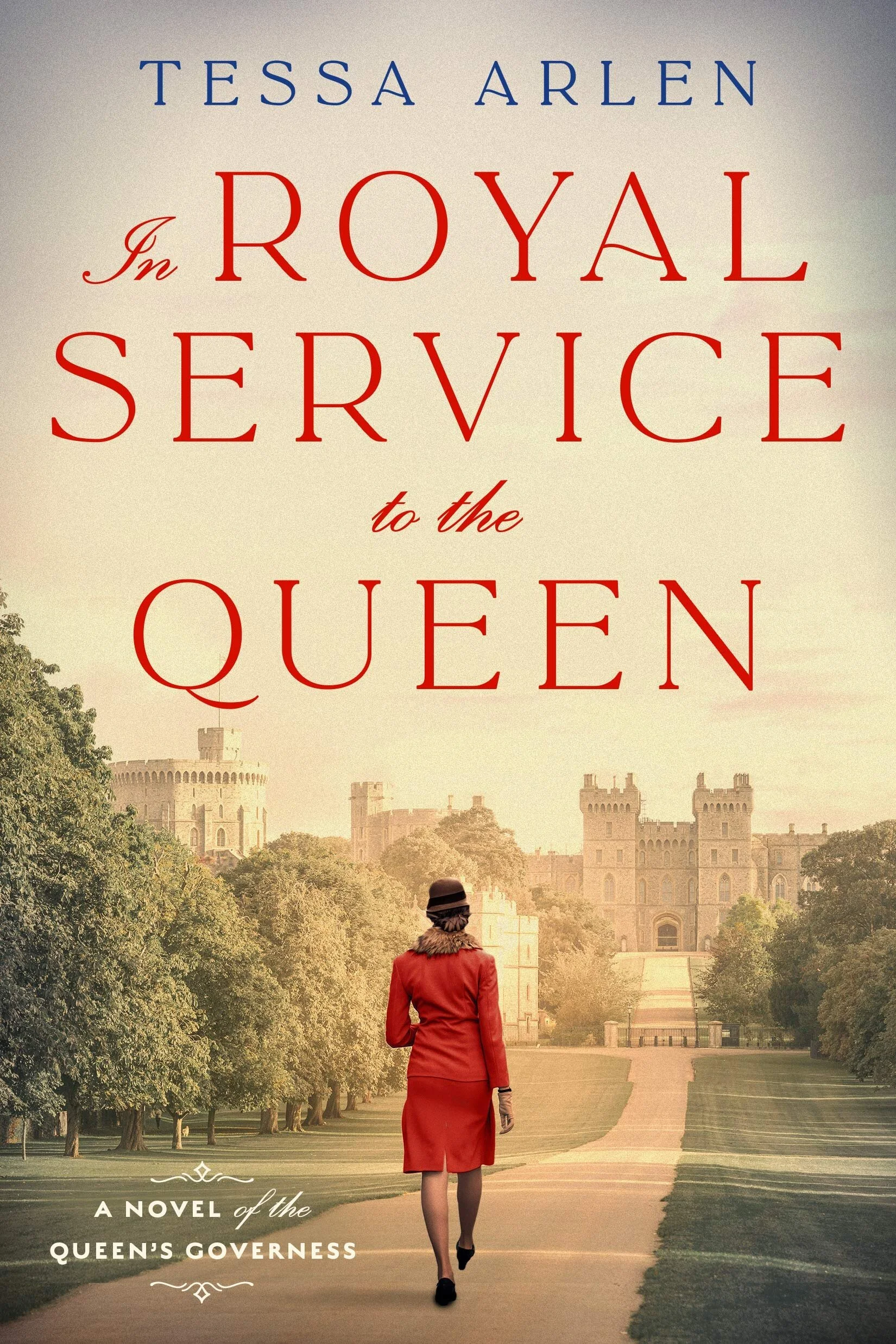Tessa Arlen
Author Interview - Tessa Arlen
Author of In Royal Service to the Queen and Poppy Redfern and the Midnight Murders
The revealing story of Queen Elizabeth II's beloved governess, Marion Crawford, who spent more than sixteen years of her life in loyal service to the royal family and was later shunned by those she has loved and served.
Author I draw inspiration from: Kenneth Grahame! My mother first read The Wind in the Willows to me when I was six, and ever since this wonderful book has been everywhere with me. I read it to my children, and when I am out of sorts I treat myself to a bit of Kenneth Grahame.
Author Interview - Tessa Arlen
The story of Ratty, Mole, Badger and Toad who are lured from the peaceful Riverbank to adventures in the Wild Wood and the Great Wide World is an Edwardian cautionary tale of sorts, but it is easy to recognize the people we know in their wonderful characters. Doesn’t everyone have an exuberant, reckless Toad in their lives? A poetic and dreamy Ratty, a curious little Mole entranced with the idea of adventure? But, for me, Grahame’s greatest gift as a writer was in eulogizing the beauty of England’s countryside—an idyllic and vanishing pastoral world that was just beginning to be dominated by industry, motor-cars and suburban development. I am a true romantic, so Grahame’s England of the early 20th century, where villages were still quiet backwaters, inhabited by unsophisticated, unworldly beings often a little narrow in their view, but constant in their beliefs, provides a perfect backdrop for my books. Ideal for the settling of old scores, carefully hidden secrets and maybe even a bit of murder.
Favorite place to read a book: The most welcoming chair in my house is old, comfortable and deep. It is slip-covered in heavy cotton, so it is a bit threadbare after twenty odd years of laundering. We have lived in three different houses since we bought this chair and it is always placed next to a French door or large window, so that the light falls from behind. Lately, I notice that I sometimes drift off as I read, particularly after a good lunch with a glass of wine.
Book character I’d like to be stuck in an elevator with: I was stuck in an elevator on our eldest daughter’s wedding day. Luckily not for too long because I am a bit of a panicker. So, I am choosing a character who is more phlegmatic than I am when it comes to things like claustrophobia and heights. Author Nancy Mitford’s narrator, Fanny, in The Pursuit of Love, and Love in a Cold Climate would be an ideal companion. Fanny has a firm grip on life, having had to deal with her temperamental and tempestuous Radlett cousins, so her presence would be calming. But she is also far from dull. Her deft wit and wicked observations would help to distract from the worrying business of wondering if we were going to plummet to our death down the elevator shaft.
Author Interview - Tessa Arlen
The moment I knew I wanted to become an author: I never knew I wanted to become an author. But I went to a boarding school where we spent a supervised hour, every Sunday, writing letters home to our parents. I would write reams to my family—all of it greatly exaggerated and some of it entirely made up, because life at an English boarding school is not terribly exciting. I think my parents and grandparents knew most of it was fiction –or at least I hope they did. So, letter writing, and later short stories were part of my growing up. It never occurred to me that I would be published, any more than it occurred to me that my daydreams weren’t in some way real. Then one wet October ten years ago I decided to see if I could complete a novel length story. It is my husband’s fault I am a published—he encouraged me to find an agent—and here I am!
Hardback, paperback, Ebook or audiobook: Hardback or paperback—I’m not fussy. I love the smell of printed paper, the feeling of a book in my hands, and if I am reading for research I can make notes in the margins, dog-ear pages and stick Post-It notes in it. But what I find useful about eBooks is the instant gratification of downloading the next in the series immediately, and because I can take a dozen books with me on vacation without taking up any room in my suitcase. I have never listened to an audio book, but I am going to have the chance now that Poppy Redfern and the Midnight Murders is also coming out in audio.
The last book I read: I have just finished re-reading Tolstoy’s Anna Karenina, something I’ve done three or four times at different stages in my life.
Author Interview - Tessa Arlen
Apart from Tolstoy’s wonderful 19th century storytelling, and his many superbly crafted and minutely detailed characters, it is Anna’s passionate love for Alexei Vronsky and her adulterous, and at the time illegal, affair with him that takes center stage in the book. The main themes of the novel are romantic and family love, duty, and honesty.
My attitude to Anna’s choice to leave her husband—which means losing her little son, causing the enmity of a husband who by our standards is a cold vindictive fish, and her ostracization from her family and friends, has changed immensely over the years.
During this last re-read I found myself far less sympathetic, even impatient with poor Anna, and found myself instructing her not to be so rash when her determination to be with Vronsky catapults her into social exile, then depression, and finally suicide. Keep Vronsky as your lover, I kept saying to her. What about the children? At one time I thought Prozac might be helpful.
When I first read the book, I was about twenty and Anna was my romantic and tragic heroine. I loved her honest conviction that it wasn’t right for her to remain with a husband who was such a self-satisfied, moralizing and repressive man. Of course, she should follow her heart—no matter the danger, the difficulty. Re-reading a great novel has so many benefits especially if you space out the re-reads a decade apart!
Pen & paper or computer: A computer every time. My fingers can just about keep up with my thoughts when I am writing—but I am a terrible typist so there is a lot of red on my screen. I like to jot down ideas and draft plot lines in a notebook, but I am utterly grateful for the speed, spellcheck and the cut and paste of my laptop.
Book character I think I’d be best friends with: Yet another woman made economically vulnerable by her time in history! Margaret Schlegel in Howard’s End by E.M. Forster is a quiet heroine. Less impulsive than her younger sister, Helen, Margaret is still willing to leap wide social barriers in a time when the class divide in Britain was deeply held and rigidly defined—she is an extraordinarily flexible and open minded woman.
Author Interview - Tessa Arlen
Margaret possess great compassion and sensitivity but is not a softy. She has intelligence, wit and humor, and is patient without being dull. There is a constancy to her that I find admirable. Her friendship with Ruth Wilcox: aging, in poor health and wanting only to spend the last of her days in her beloved house in the country, Howard’s End, is remarkable in Margaret’s kindness and desire to ease the older woman’s burdens.
I am quite sure that if you asked me this question when I was twenty I would have picked Margaret’s sister, Helen Schlegell, for her passionate ideals, and her often emotional and impulsive choices.
If I weren’t an author, I’d be a: gardener. Gardening is a bit like writing: the overall design (plot) emerges from spring to winter. I move my plants around, so they display at their best; there is a lot of editing and weeding things out and introducing new specimens. Gardening and writing both require dedication, patience and masses of hard work.
The smell of freshly turned earth, the scent of roses and peonies, and the air after it has rained make gardening a continual delight especially when I get bogged down in my writing.
Favorite decade in fashion history: Hands down 1901-1914: the Edwardian era!
Fashion styles changed dramatically from the grand and opulent gowns of the House of Worth in the late 1890s, to the exotic, theatrical extravagance of Paul Poiret that were popular with the fashionable elite just before WWI.
I particularly love the romance and sheer prettiness of English designer Madam Lucille (Lady Duff-Gordon who happened to survive the Titanic disaster), and the Grecian pleated dresses from top Italian designer Mario Fortuny. All four designer are still in evidence today in the Victoria and Albert Museum in London.
Even Edwardian every-day clothes were feminine without being fussy. Soft white lawn shirts, with tiny tucks across the bosom and embroidered collars tucked into simply cut ankle length skirts, with broad waistbands to accentuate that tiny waist, were beautifully elegant and simply understated. And you could ride a bicycle, have a quick game of lawn tennis, or go for a stroll in the woods in them.
Every one of the great designers of the decade was a masterful example of the Paris atelier, the modiste’s workshop and the thousands of nimble fingers of working women (think of poor Lily Bart, in Edith Wharton’s House of Mirth slaving through the night in a millinery shop to make those heavenly hats!)
Author Interview - Tessa Arlen
On the more practical side, unlike Victorian fashions which required steel and whalebone to force the natural female form into fashion, in the 1910s women’s corsetry became softer and far more forgiving.
Place I’d most like to travel: I grew up in Singapore, China, India, and Egypt, with long trips back to England in between my father’s postings, but the one country I would love to re-visit is India—especially Rajasthan. The history of the area is wild and fiery, even the names of the principal desert cities evoke the proud past of the warrior Rajput men and their gorgeous and equally bold women. Who wouldn’t want to daydream an afternoon away in the gardens of the exquisite palaces and ancient forts of Ajmer, Jodhpur and Jaisalmer?
My signature drink: Bandol rosé. Nothing more heavenly on a sunny afternoon on the terrace than the lovely wines from southern Provence. Cheers!
Favorite artist: It is hard to choose a favorite because there are so many I love. But I really enjoy 18th century Japanese watercolors and woodcut prints. The detail, the balance and the delicacy are enchanting—with stories you can get lost in. Utagawa Hiroshige’s prints of tiny figures battling the elements of rain, snow or hail to the safety of a tiny village in a mountain valley draw me in to contemplate the struggle of these featureless little beings surviving in nature.
Number one on my bucket list: Right at this moment? Because if I consciously set about prioritizing a list I dither. So, right now in this moment it would be to snorkel the Great Barrier Reef.
Author Interview - Tessa Arlen











